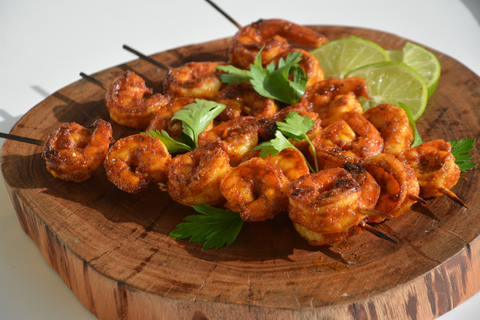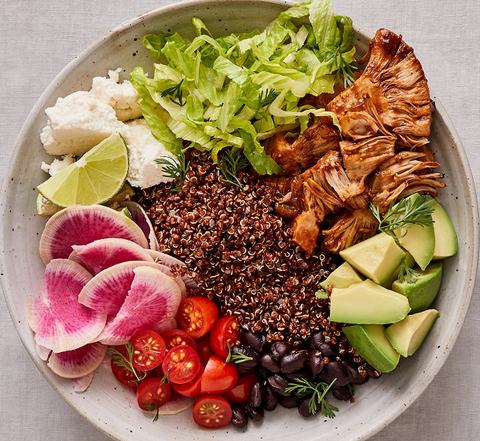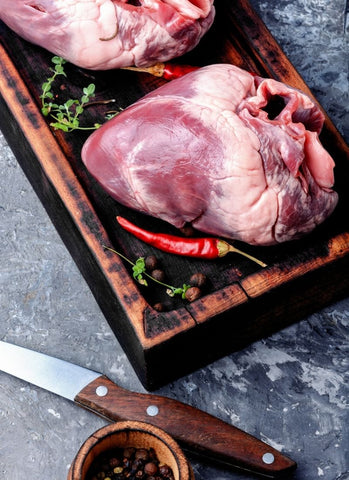
Sous Vide and Food Safety
Food safety , sous vide
Food safety is always a paramount concern in cooking. Of course, sous vide is no exception. The sous vide process has some benefits and some quirks in this regard. The Cinder Grill, with its modified Sous Vide process, has some of the same features and some unique features, as we’ll explore in this essay.
Food Safety: a Quick Overview
‘Food Safety’ as a concept is the prevention of foodborne illness and injury by correctly handling, preparing, and storing food. That sounds a little scary, but it’s actually not that difficult. Also it’s absolutely necessary, as anyone who’s suffered food poisoning can testify. With the sous vide method of cooking the focus is on handling and preparation of food, although storage also comes up. Because of the relatively low temperatures used in sous vide, one major consideration is the Danger Zone.
How to Avoid the Danger Zone
The ‘Danger Zone’ is a range of temperatures where bacteria particularly thrive and multiply. It’s generally defined as 40F to 140 F, or 4.4C to 60C . Many foods are best cooked to temperatures within this range, especially those with varied donenesses such as meat and fish,. However, the time they spend in this range needs to be minimized for optimal food safety. Sear them, serve them or chill them immediately upon reaching doneness.
This is one area where the Cinder Grill improves on traditional sous vide. Because it can bring a steak to temperature in one hour rather than six, the food spends far less time in the Danger Zone and is much less prone to spoilage.
How to Sous Vide Safely
With these considerations in mind, here are some tips on how to sous vide safely. All of these apply to cooking with the Cinder Grill.
- Obtain an accurate digital “instant-read” thermometer. This is for checking the temperature of both raw and cooked food to ensure that it reached a desired end point.
- Use separate surfaces for raw and cooked food, such as a new plate when removing cooked food from the Cinder Grill. This prevents bacteria from raw food from contaminating the cooked food.
- Consider food thickness. Thicker food reaches its final temperature more slowly, which means it must spend longer in the Danger Zone. Consider cutting a thick piece into two thinner pieces.
- Make certain that there are no air pockets in the sous vide bag, which will inhibit heating and can result in undercooked and thus dangerous regions. This is another place where the Cinder Grill is at an advantage; because it doesn’t need bags, there can be no insulating air pockets.
- Once the food is cooked, promptly sear and serve, serve, or refrigerate.
Storage and Serving
As we mention above, if the food will not be eaten immediately it should be chilled immediately to remove it from the Danger Zone. One of the convenient aspects of sous vide is that it reheats efficiently, so there’s no reason to “hold” the food at a warmer temperature. The Cinder Grill does even better at this: it has a built-in “hold” mechanism which keeps the food safely at temperature until you are ready to serve. It also reheats food excellently, even faster than water-based sous vide.
Some Final Notes on Food Safety.
Food safety is of course essential, but it doesn’t need to be difficult. Simply store food at appropriate cold temperatures when it’s not being cooked or served, and maintain proper hygiene. The Cinder Grill helps maintain food safety with its fast sous vide method and also its easy cleanup. Cook safely and deliciously with the Cinder Grill!



